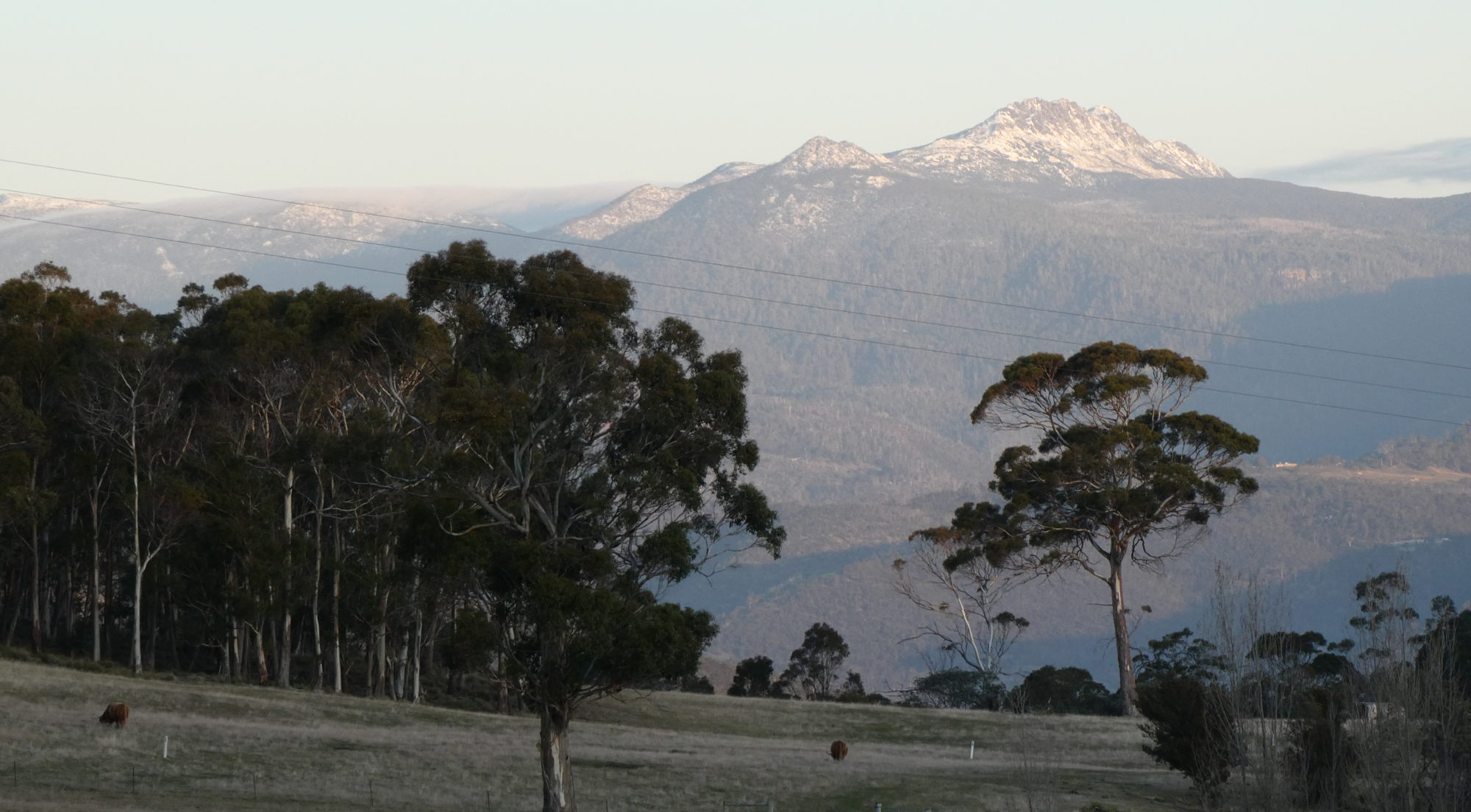I am presently reading How Nature Works by Per Bak. It’s about self-organized criticality, the best illustration of which is a growing sand pile replenished by steady stream of sand falling on the top: … As the process continues the pile becomes steep and there will be little landslides. As time goes on the sand slides become bigger and bigger and may eventually span most of the pile. The avalanches have a dynamic of their own which can only be understood from a holistic description of the entire pile rather than from a reductionist description of individual grains… Nevertheless the reductionist description is still relevant; the laws of physics still apply to the avalanches.
I believe this to be a useful description of society. Tribal subgroups arise spontaneously within a society like social landslides. They range from a group of school kids collectively bullying a nerdy classmate through to major religious and political movements. Some are good, some are bad but ultimately they are inevitable.
Society has more dimensions than a sand pile. An individual grain of sand only makes physical contact with a few neighbours whereas a person may exchange ideas with dozens of friends.
My key point is this: recent improvements in communications have greatly increased the number of dimensions of the social sand pile. Now a single individual may exchange ideas with hundreds or thousands of other individuals. We see the consequences of this in social avalanches such as the Twitter “pile-on”. I believe this to be the underlying cause of the cancel culture. It is the most primitive form of tribalism, the bullying of the individual by the group. It has become possible because of the advent of the Internet and social media. There are, of course, other, beneficial aspects of this increased dimensionality, things like Go-Fund-Me and any number of worthy causes.
The fact remains that, thanks to the Internet, we are suddenly living in a society unlike any that has ever existed on the planet.
Who knows what social avalanches are still to come?



I am glad you enjoyed Bak’s book.
I found his discussions on Zipfs Law, the Pareto Distribution fascinating.
The best insight I got was his observation on earthquake frequency. The longer you go without an earthquake , the longer it will before the next one
“As time goes on the sand slides become bigger and bigger and may eventually span most of the pile” seems manifest in the portentious divide emerging now in response to the Ukraine war, between G7 followers and BRIC group followers, consistent with how this was unforeseen by the West, and how the KGB coup in Russia was also “unforeseen by the West” before this . . . How we in the West do not seem to have a handle on all this shaping of our future . . . !?!